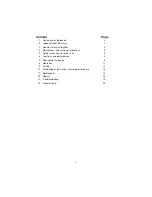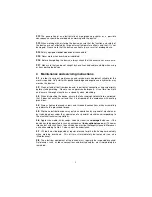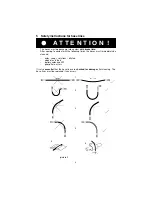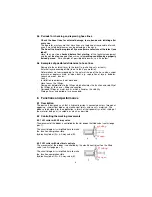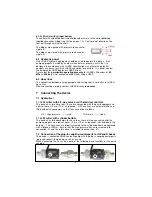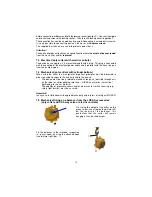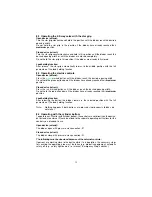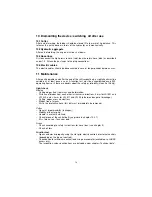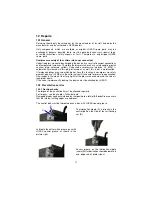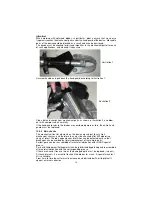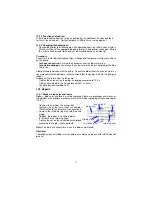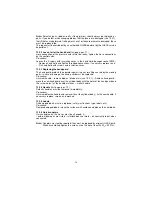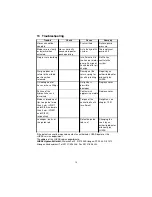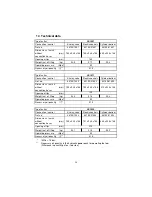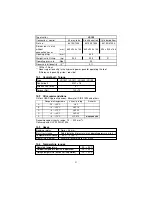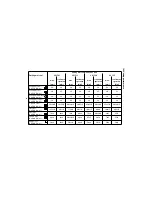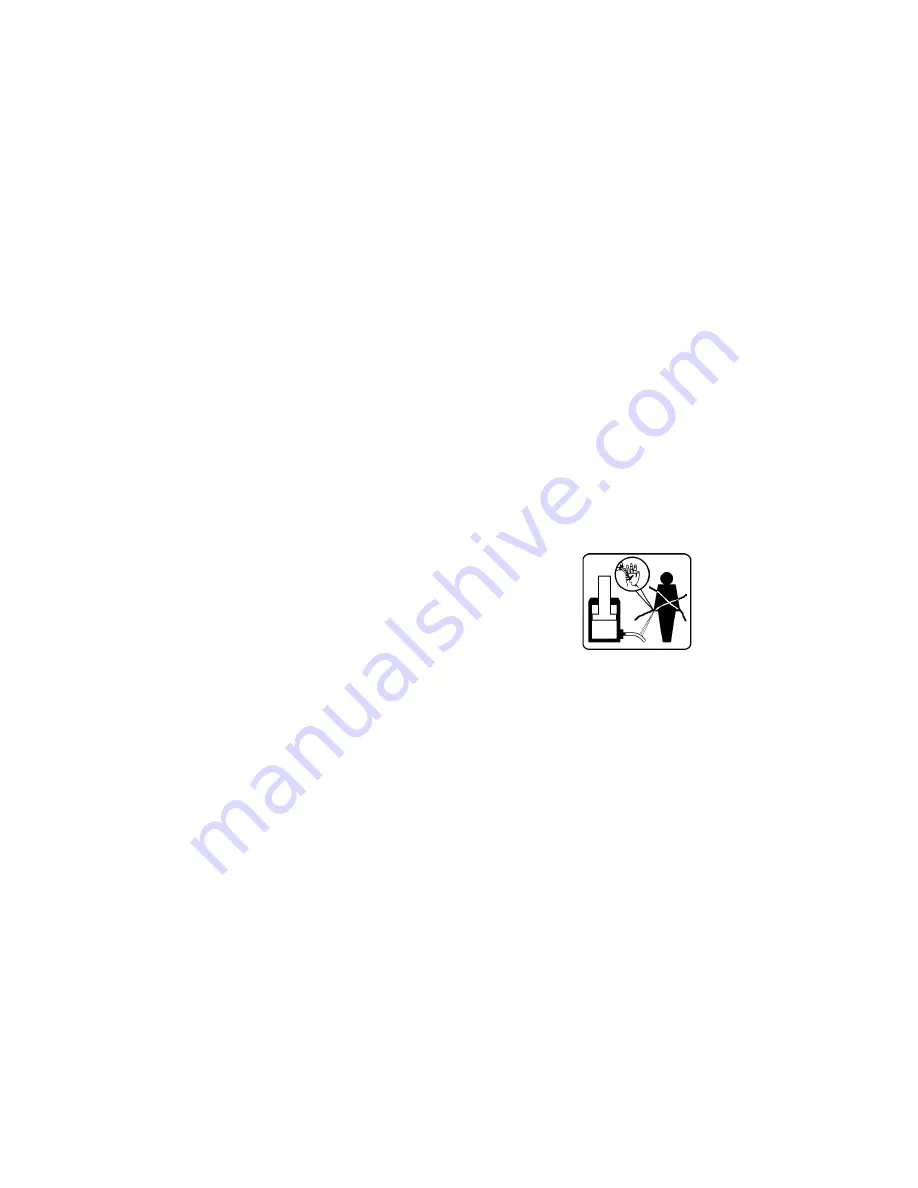
7
5.1 Handling instructions for hose lines
-
The defined operating pressure must not be exceeded.
-
The hoses must not be subjected to tension and torsion (see picture 2, fig. 1).
-
The hose line must not be bent (see picture 2, fig. 2).
-
Do not pull or lay hoses across edges (see picture 2, fig. 3).
-
Do not connect twisted hoses (see picture 2, fig. 4).
-
Never drive a vehicle over the hoses. Loose hose lines laid on roads and paths
must be protected against damage, e.g. with hose bridges (see picture 2, fig. 5).
-
In the event of high temperatures occurring externally, the hose lines must either
be fitted a sufficient distance from the heat-emitting components or protected by
suitable measures (shields) (see picture 2, fig. 6).
-
Weights must not be suspended on the hose lines.
-
Objects must not be allowed to fall onto the hose lines.
5.2 Securing the environment in the event of a hose failing
Hose lines must be laid or secured such that risk of the hose failing is avoided.
Danger can occur as a result of:
-
the hose moving back and forth after tearing, e.g. through external influence,
-
the pressure medium escaping under pressure,
-
escaping pressure medium igniting close to a igniting source.
The danger can be avoided, for example, with protective coverings or shields.
5.2.1 Beware of hairline tears
-
Escaping high-pressure oil can cause
serious injuries
when impinge to the skin.
-
In the event of an injury,
immediately consult a doctor!
-
Oil must immediately be cleaned from the wound.
-
Do not search for leaks using a finger.
-
Depressurise the hydraulic system before loosening
connections.
5.3 Storing hose lines
-
Hose lines are subject to natural aging even when stores correctly and with
permissible loads. As a result, their storage time and period of use are limited.
When storing hose lines, the following should be observed:
-
Store cool, dry and dust-free (ideally, wrapped in plastic); avoid direct sunlight or
UV radiation; shield from nearby sources of heat.
-
Do not use ozone-forming lights (e.g. fluorescent lights, mercury vapour lamps)
or electrical devices in the immediate surroundings
-
Hose lines must be stored de-energised and in a lying position. If storing in
rings, the smallest bend radius as recommended by the manufacturer, must not
be exceeded.
5.4 Labelling the hose lines
-
The hose is labelled with manufacturer and operating pressure.
-
The maximum permissible operating pressure and month./year of manufacture
are labelled at the pressurised neck.


